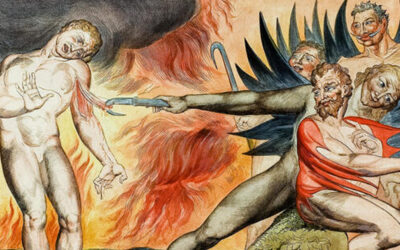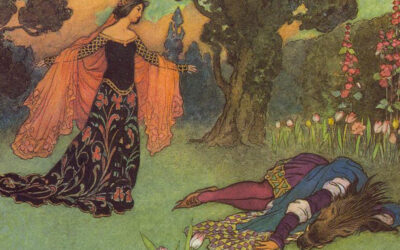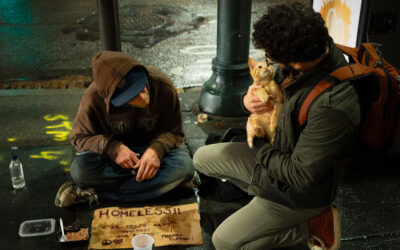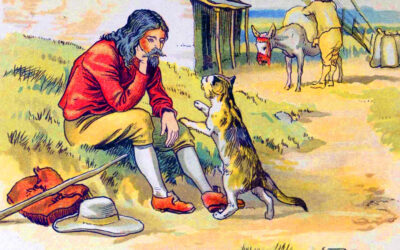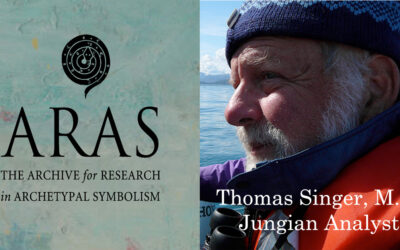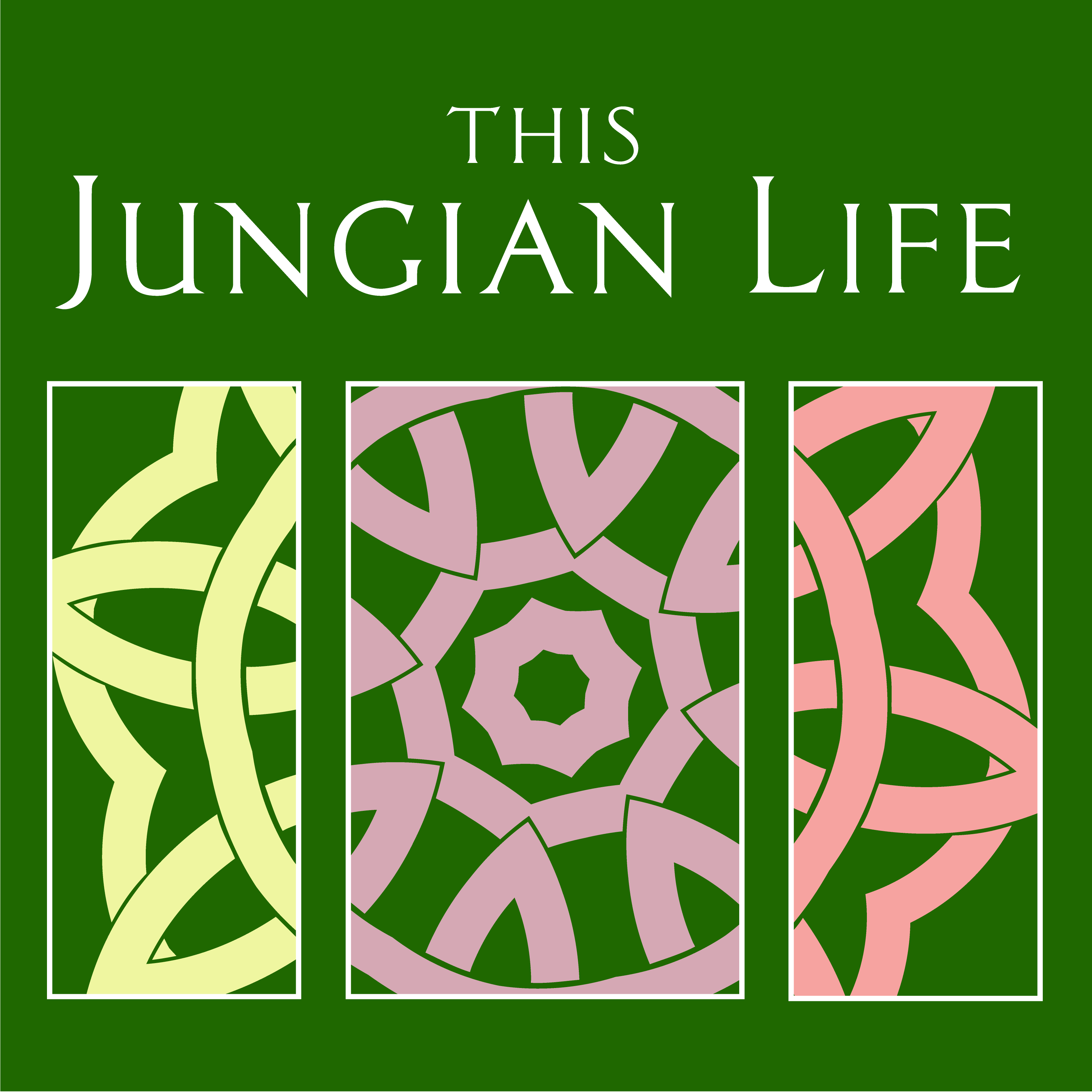OUR podcast
Subscribe to the show in your favorite application and never miss an episode!
APPLE PODCASTS | SPOTIFY | PANDORA | PLAYER FM | TUNE IN
Hypochondria’s Havoc and the Quest for Reassurance
What sets hypochondriasis apart from merely being cautious about one’s health? The answer lies in the severity of the worry and its impact on everyday life. An individual with hypochondriasis lives with constant, debilitating fear; it is not a fleeting concern. As IAD progresses, it becomes a lens through which they see their life, leading to significant distress and impaired functioning.
Our Moral Compass: Understanding Guilt, Remorse, & Atonement
A sudden pang in the chest, a quiet voice persistently whispering at the back of our mind, we experience guilt when our actions, or deliberate lack thereof, infringe upon our personal ethical code or societal norms. As human beings, we constantly interact with a myriad of emotions, but guilt often demands our immediate attention. It is the subjective experience of violating moral, social, or self-imposed standards. Our lens shapes these standards, tinted by inherited beliefs, imparted values, and personal experiences. When we feel we’ve crossed these lines, guilt steps in, a vehement alarm.
BEAUTY, her BEAST, and the BLOSSOMING SELF
The tale of Beauty and the Beast is at least 4,000 years old, perhaps second in popularity only to Cinderella. It has generated many print versions, animated films, a Broadway show, and a Disney film. What about this tale continues to ensure its popularity? And what is this tale really about?
EMBRACING THE OUTCAST: Understanding Homelessness
Homeless symbolizes a state of disconnection, both externally and internally. It is a complex interplay between unconscious, personal experiences, and societal forces. Resolving displacement involves restoring a sense of security, belonging, and acceptance in the outer world and oneself.
It transcends the absence of physical shelter and ventures into spiritual and emotional displacement. It mirrors the alienation and dislocation experienced in a rapidly evolving society, where individuals feel lost amidst the tumultuous tides of change. In this symbolic homelessness, we recognize our collective vulnerability and insecurity. Homelessness is not a homogeneous phenomenon. It ranges from temporarily unsheltered individuals between jobs or homes to chronically homeless individuals who spend years or decades without stable housing. The psychological implications differ substantially across these spectrums and demand a nuanced understanding.
UGLY DUCKLING COMPLEX: the painful path of transformation
We all understand the Ugly Duckling complex because we lived it at one time or another. Hans Christian Anderson’s famous tale paints a poignant picture of a child’s experience of rejection only because he’s born in the wrong nest. People who seem different or have not yet matured into their natural beauty endure a kind of scorn that can bring them to despair. The ugly duckling’s capacity to endure and find refuge once he is recognized by fellow swans can hearten us during the long winters of our lives.
SHADOWS & HIGH STAKES: Understanding Gambling
Understanding gambling can help us navigate the treacherous currents of desire, risk, and reward that define our relationship with this capricious world. The enigmatic nature of gambling captivates our imagination, drawing us towards the hypnotic dance of fortune and chance. From ancient Mesopotamian ‘knucklebones’ to the neon-lit casinos of Las Vegas, its allure permeates human history. Together we’ll weave through the gambler’s psyche to unveil the psychospiritual underpinnings that draw us toward Lady Luck.
WHISKERS of WISDOM: A Jungian Analysis of Puss in Boots
Something about a cat wearing clothes has captured our imagination for over 500 years, so it’s about time we tackle a Jungian analysis of Puss in Boots. From fairytales in the Late Middle Ages to recent YouTube videos, people delight in dressing their pets in human garb and even more so when they adopt human behaviors. If a parrot squawks curse words, we giggle, and if a dog-bark sounds like a human phrase, we lean in with wonder. So perhaps the fairytale Puss in Boots can help us understand our creative urge to project essential aspects of psyche onto our animal companions.
ARCHETYPAL IMAGES: the soul’s language
If we envision archetypes as cosmic blueprints, then archetypal images are the tangible expressions that emerge from this transcendental plan. They are the houses built upon the foundation of archetypes, manifesting in a multitude of forms while remaining interconnected through their shared universal design. Separating archetypes and their imagery clarifies how one gives rise to the other yet remains distinct.


